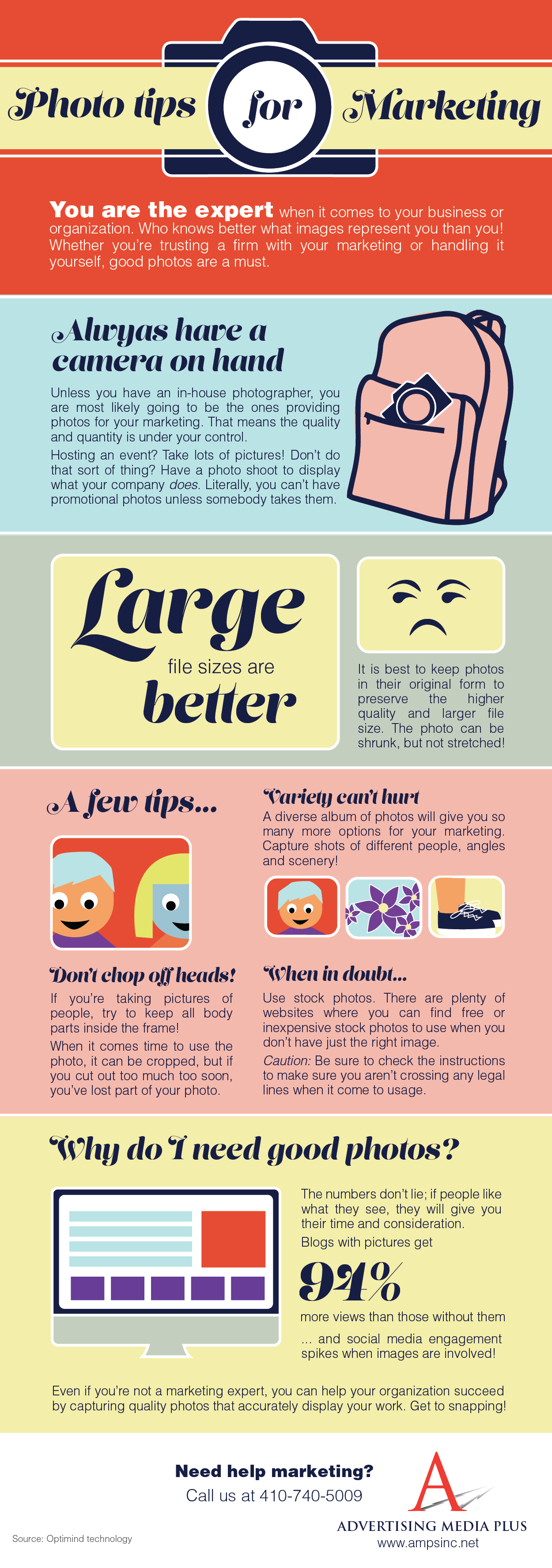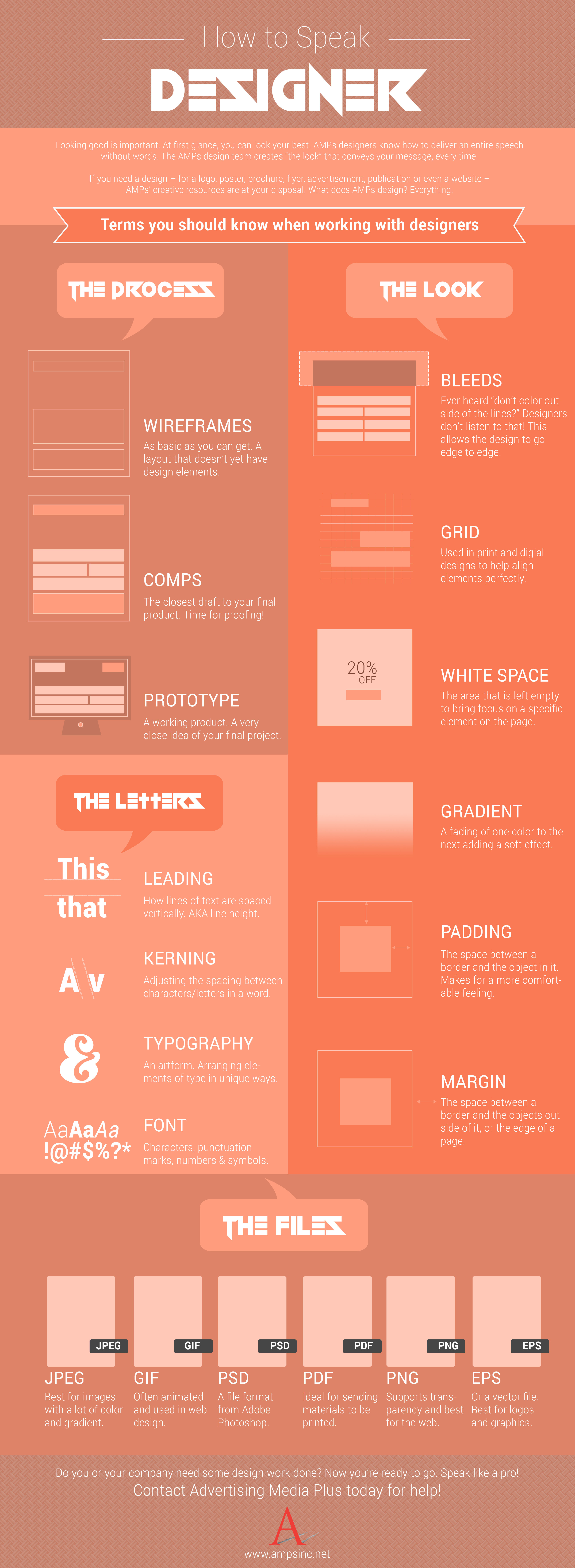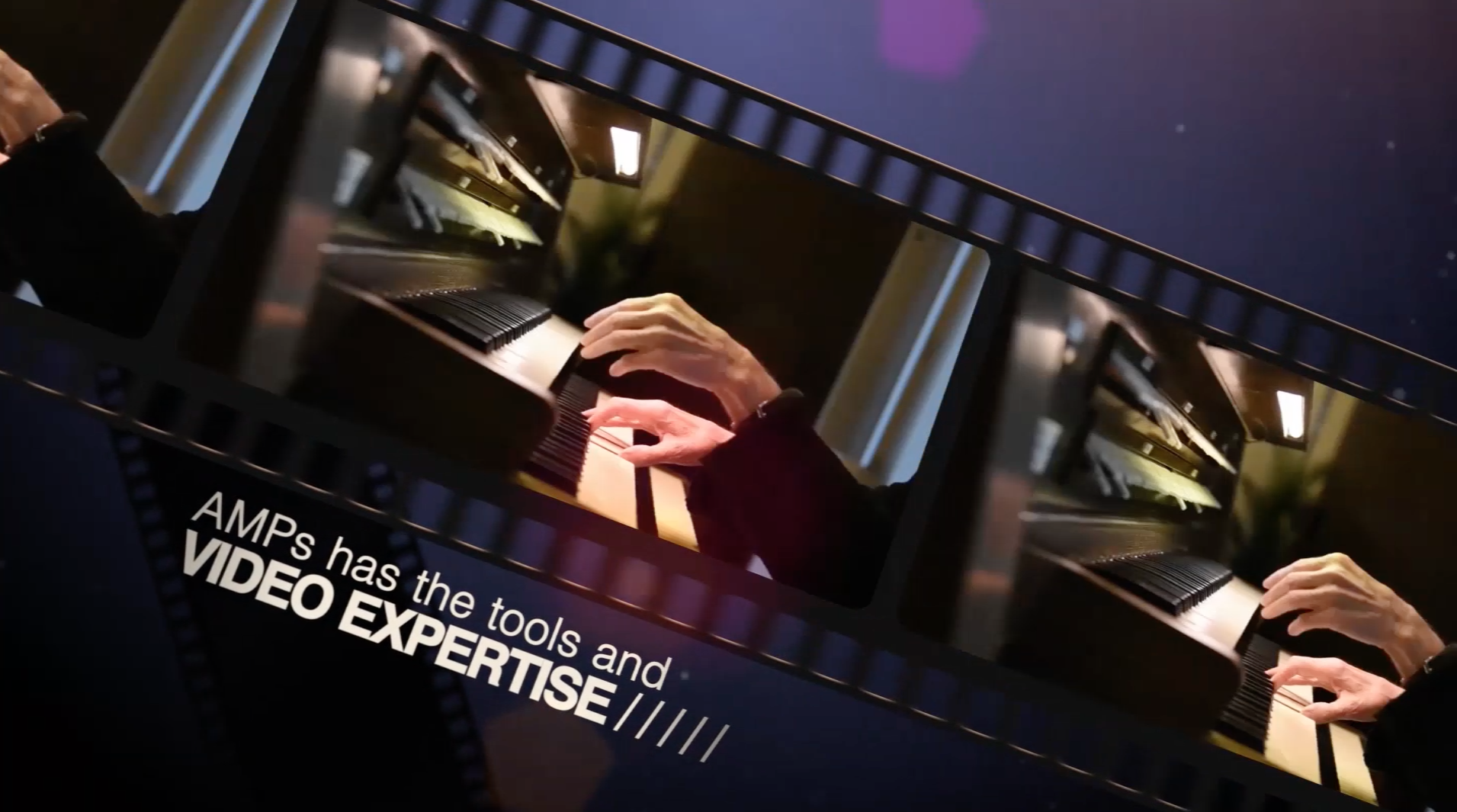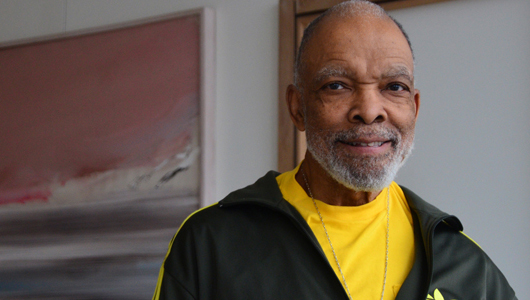By Kristy Cooper, The Business Monthly
Originally posted on BizMonthly.com
 As a nonprofit, do you want lots of web site traffic, rapport with your audience and a surplus of donations? If the answer is “yes,” then more than likely you’ll need a strong web site with a quality video on the homepage.
As a nonprofit, do you want lots of web site traffic, rapport with your audience and a surplus of donations? If the answer is “yes,” then more than likely you’ll need a strong web site with a quality video on the homepage.
According to MarketingSherpa, video attracts two to three times as many monthly visitors and doubles their time spent on a site. What’s more, Mist Media reported, having video on your landing page increases your chances of showing up on the first page of Google by 53%.
Although video is often the last priority in developing a web site, it’s actually one of the most useful tools available to you. Humans love video, and they can’t help it, either.
The National Center for Biotechnology Information reported that the average human attention span is about nine seconds. That is one second less than a goldfish’s. That’s why we need information to be interesting, to the point and visually stimulating.
Diode Digital reported that, before reading any text, 60% of site visitors will check if a video is available. In fact, according to ComScore, people stay on a site two minutes longer if there’s video content.
Clearly, video on your web site is a surefire way to connect with current donors and prospects. If you don’t have a video marketing program, you may want to consider starting one.
Ready to make a video? AMPs can help you tell your story!
Following are four points to consider when planning a video strategy.
1. It’s Better to Show Than Tell
It’s better to show your cause than just to write about it. According to Forrester Research, watching a one-minute video is the same as reading 1.8 million words or 3,600 web pages. Because text is such a one-dimensional medium, nothing gets the point across like a good video.
2. Video Appeals to Emotions
Advertisers learned long ago that using video for storytelling really taps into our emotions. Research has shown that there is a connection between social bonding and strong imagery. According to Mediapost.com, strong visual imagery can cause the release of the neurochemical oxytocin, which causes feelings of trust, empathy and even love. A video from the Maryland Heart Association provides a case in point. It shares the story of Winn Berrell, a tenacious and well-adjusted young man born with only one side of his heart. It premiered at the Association’s Heart Ball, where survivors are celebrated, along with the association’s mission, donors and volunteers. The video earned a standing ovation. The attendees learned that despite numerous heart surgeries, Winn was leading a happy and active life. The donors saw first-hand how their contributions play a role in positive outcomes.
Watch “American Heart Association: Win Berrell” >>
3. Video Builds Loyalty
An emotional connection via imagery creates a bond with the audience.
4. Videos and YouTube
With more than a billion users, YouTube is a smart vehicle to showcase the work of nonprofits. It reaches more 18-49-year-olds than any U.S. cable network, with an average of 40 minutes watched per visit. eMerge Inc., a Maryland organization that helps individuals with intellectual disabilities, developed an inspirational three-part series of videos that covered the key values and programs of the organization, from its greenhouse to its employment to its residential housing programs. Thanks to eMerge’s embrace of YouTube, the organization’s leaders can track who is watching their videos, easily share links via social media and offer a mobile-friendly medium to champion their cause.
Watch “eMerge: One Person at a Time” >>
Did you know the brain processes visuals 60,000 times faster than text? Keep that in mind when you begin your next fundraising campaign. It may take some planning, but the proof of success is in the statistics.
Kristy Cooper is the marketing manager and coordinating producer for Towne Group, a strategic communications company. She can be reached at kristy@townegroup.com.
Click here to view the original article posted on The Business Monthly >>

















